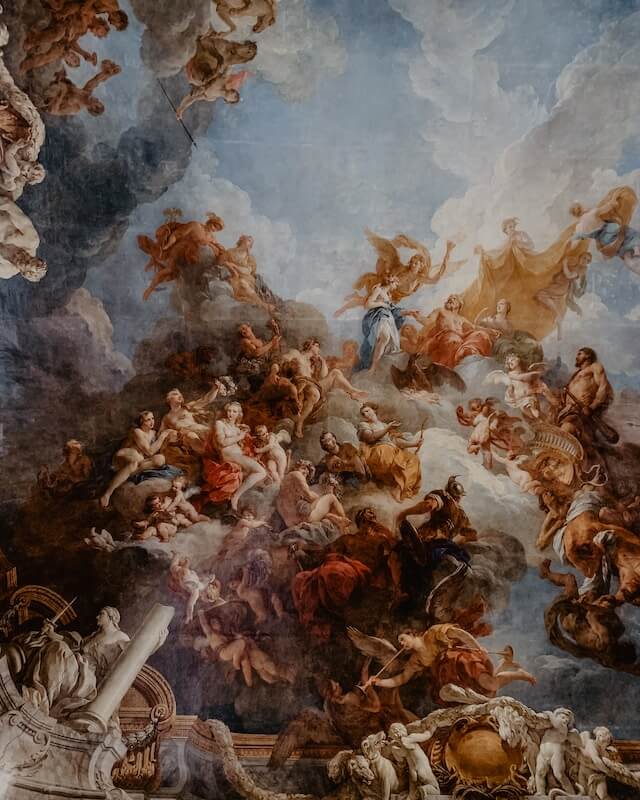
Writing a thesis is always a tricky enterprise and a real challenge. For art history students, this venture is made even more complex. In their theses, they not only have to translate visual information into the verbal form, but also analyze one’s perception of their study object in the broad cultural and historical context. Moreover, you should do all that in accordance with specific requirements for the art history thesis. Let’s inspect these elements one by one.
1. Formal Analysis
For art students, “formal” refers to the visual aspects of the researched subject, generally speaking, its form. Thus, when you conduct formal analysis, you “write what you see” describing the object, the medium and techniques which the artist used to create it, palette, lighting, composition and its elements, and more. You can also dwell on the symbolism of the elements and emotions they evoke in the viewer separately and as an ensemble. For example, when writing about The Dance by Henri Matisse, you can explain how the colors and minimalism convey the movement.
2. Historical Research
Just as the name suggests, you should conduct a research which will allow you to place the inspected work of art into the historical context and analyze its historical references, even the subtle ones. For example, when writing about Gustav Klimt’s The Kiss, you can attribute it to the Art Nouveau style, which was used at the time of the painting, as well as Arts and Crafts. You can also suggest that the play with the dimensionality in the painting is reminiscent of works by the modernists. On the other hand, the painting refers the viewer to the medieval times with some of its elements, and further to the Bronze Age with other elements used for decorative purposes. You can dwell on Klimt’s historical expansion deeper, as you’ll find a lot of noteworthy information during your research.
3. Theory and Criticism
In your thesis paper, you can view the piece of art through the framework of a particular theory. You can choose the one which appeals to you the most, whether it is social constructionism, psychoanalysis, or post-modernism. While it is often convenient to use psychoanalysis when analyzing works by Salvador Dali, can try to avoid such clichés.
4. Comparison and Contrast
Here, you can compare two or more works of art by the same artist, or by different artists who worked in the similar style, or the two works that share the same subject although created with a significant time difference. For example, you could compare Salvador Dali’s The Architectural Angelus of Millet with the original painting The Angelus (L’Angelus) by Jean-François Millet. Expand on how the two paintings, despite sharing the same topic, have different symbolic meanings and evoke different emotions in the viewer. Here, you could also write about Dali’s perception of the original painting which made him create an entirely new interpretation.
5. Good Introduction
Before you start making your notes on the selected work of art, you should write your thesis statement. The latter is the most important part of your thesis, around which you will build your paper. Your thesis statement might be an answer to your research question that will be expanded in your thesis, or your key argument. In case of Klimt, you might state that his art is inspired by the early forms of art as much as it reflects the current trends and falls into the frameworks of the current artistic movements. Don’t also forget that your introduction is where you should make a proper reference to the piece of art by including its name, author, and year.
While some might think that an art history thesis is a “feel it and write it” paper, there are certain aspects of it that should be considered during the writing process. We have used such terms as formal analysis, historical research, theory and criticism, and comparison and contrast, to give you ideas on what to write in your thesis’ body. Remember that one of the key features of a brilliant art history paper is a good introduction which contains your thesis statement that serves as an axis for your art history thesis.
